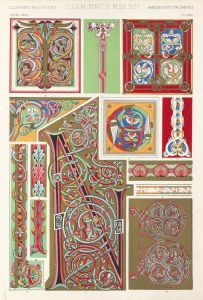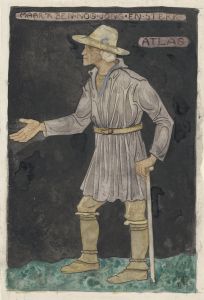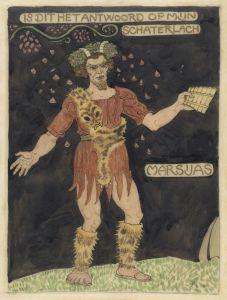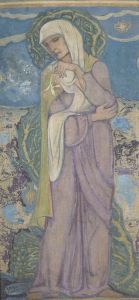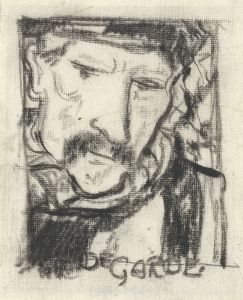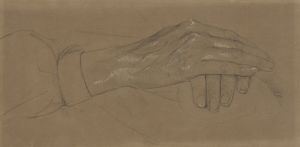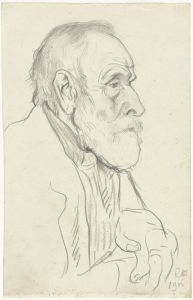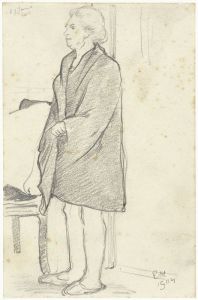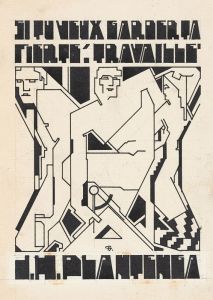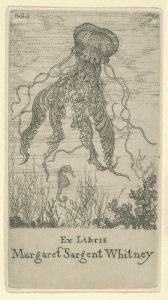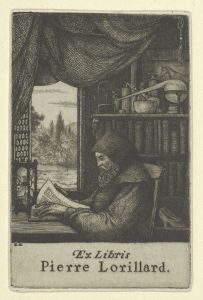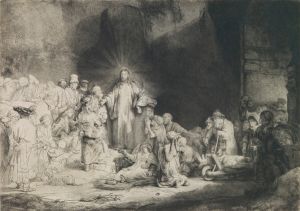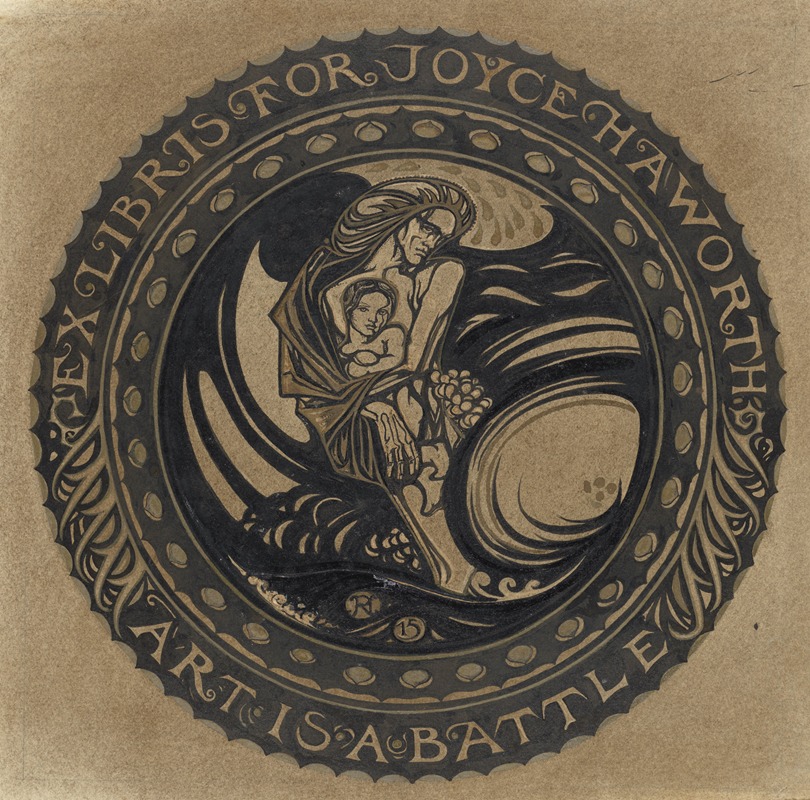
Ontwerp voor ex libris voor Joyce Haworth
A hand-painted replica of Richard Nicolaüs Roland Holst’s masterpiece Ontwerp voor ex libris voor Joyce Haworth, meticulously crafted by professional artists to capture the true essence of the original. Each piece is created with museum-quality canvas and rare mineral pigments, carefully painted by experienced artists with delicate brushstrokes and rich, layered colors to perfectly recreate the texture of the original artwork. Unlike machine-printed reproductions, this hand-painted version brings the painting to life, infused with the artist’s emotions and skill in every stroke. Whether for personal collection or home decoration, it instantly elevates the artistic atmosphere of any space.
Richard Nicolaüs Roland Holst (1868-1938) was a prominent Dutch artist and designer, known for his contributions to the Arts and Crafts movement in the Netherlands. One of his notable works is the "Ontwerp voor ex libris voor Joyce Haworth," which translates to "Design for a Bookplate for Joyce Haworth."
An ex libris, or bookplate, is a label affixed to a book, typically on the inside front cover, to indicate its owner. The tradition of using bookplates dates back to the 15th century and has been a way for book owners to personalize and mark their collections. Bookplates often feature intricate designs, coats of arms, or illustrations that reflect the owner's interests or identity.
The "Ontwerp voor ex libris voor Joyce Haworth" is a fine example of Roland Holst's skill in graphic design and his ability to blend artistic elements with functional objects. This particular bookplate was created for Joyce Haworth, though specific details about Haworth and the context of their relationship with Roland Holst are not widely documented.
Roland Holst's style is characterized by its detailed and decorative approach, often incorporating elements of symbolism and natural motifs. His work was influenced by the broader European Arts and Crafts movement, which emphasized traditional craftsmanship, the use of high-quality materials, and the integration of art into everyday life. This movement was a reaction against the industrialization of the late 19th century and sought to revive the decorative arts.
The design of the bookplate for Joyce Haworth likely features intricate line work and possibly includes symbolic imagery or personal emblems that would have been meaningful to Haworth. Roland Holst's attention to detail and his ability to convey a sense of elegance and refinement are evident in his ex libris designs.
Richard Nicolaüs Roland Holst was also known for his work in other mediums, including stained glass, murals, and illustrations. He was a member of the Amsterdamse Joffers, a group of female artists in Amsterdam, and was married to the poet and socialist Henriette Roland Holst. His contributions to Dutch art and design were significant, and his works are still celebrated for their beauty and craftsmanship.
In summary, the "Ontwerp voor ex libris voor Joyce Haworth" by Richard Nicolaüs Roland Holst is a testament to the artist's mastery of graphic design and his ability to create personalized, decorative objects. While specific details about Joyce Haworth and the exact design elements of this bookplate are not extensively documented, the work remains an important example of Roland Holst's contribution to the Arts and Crafts movement and his legacy in Dutch art.





